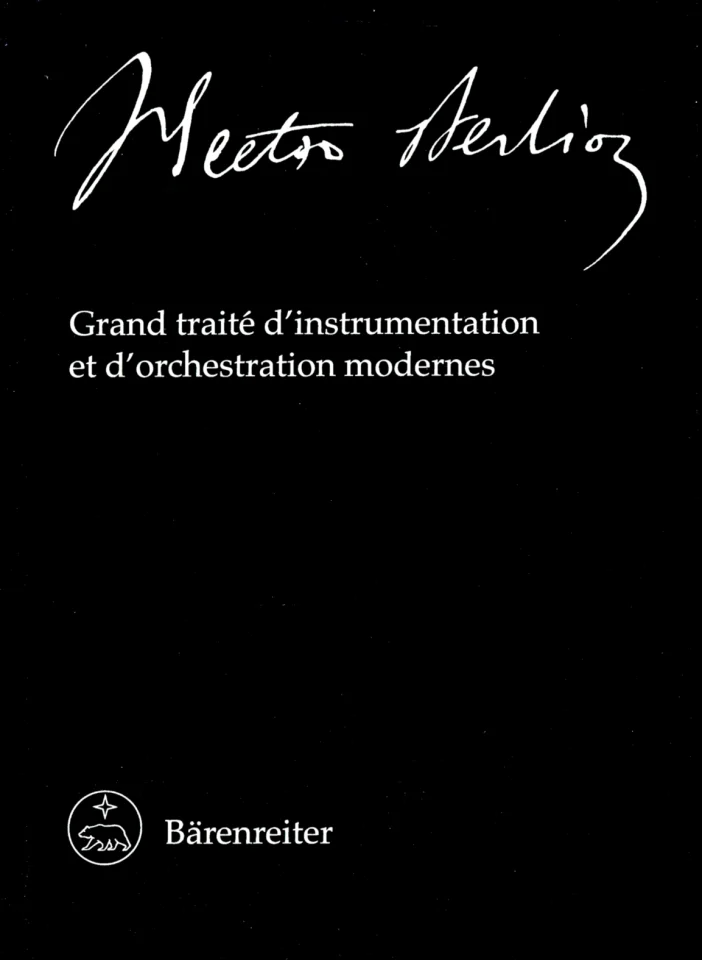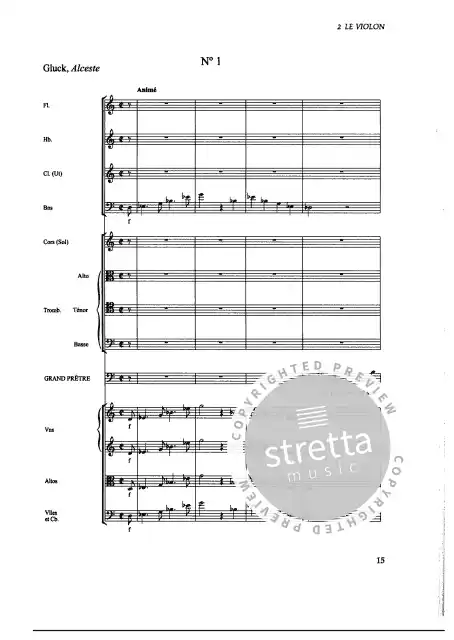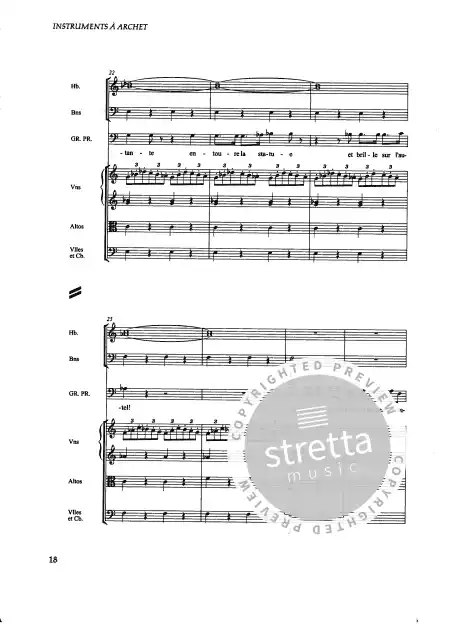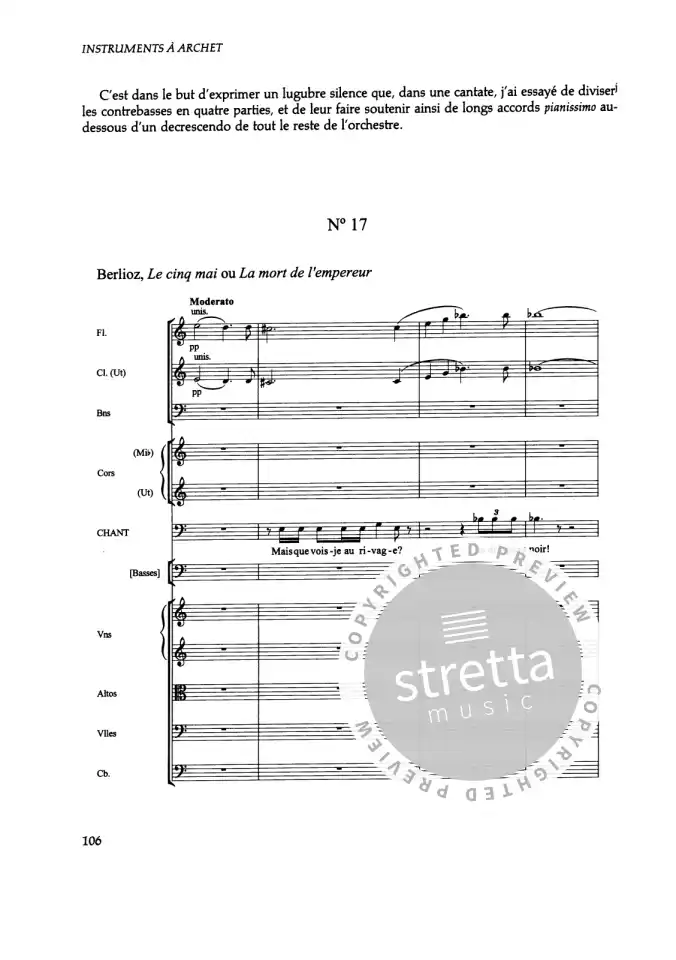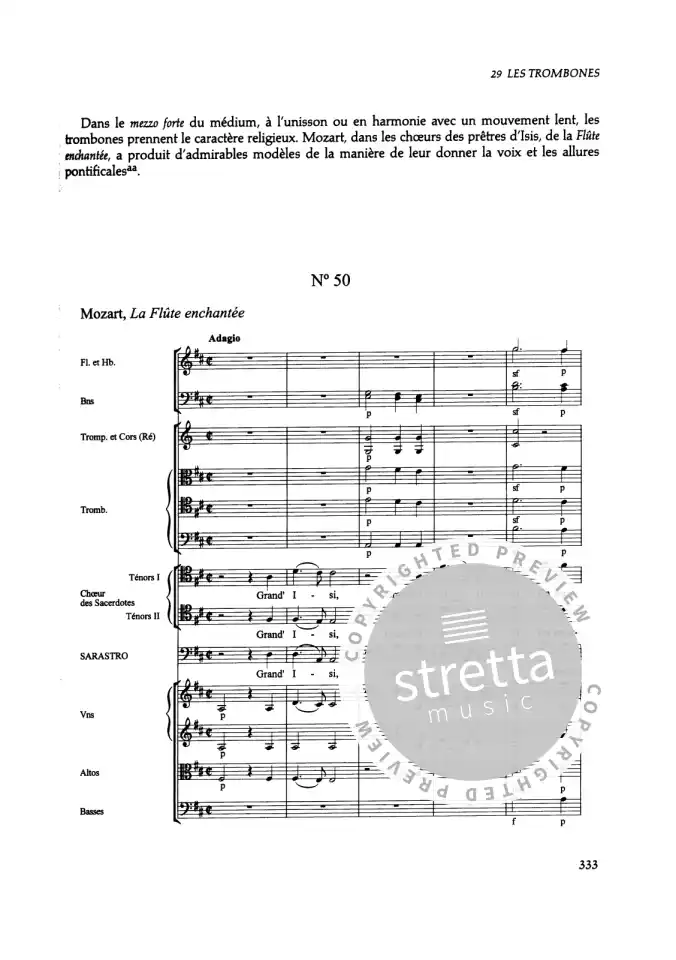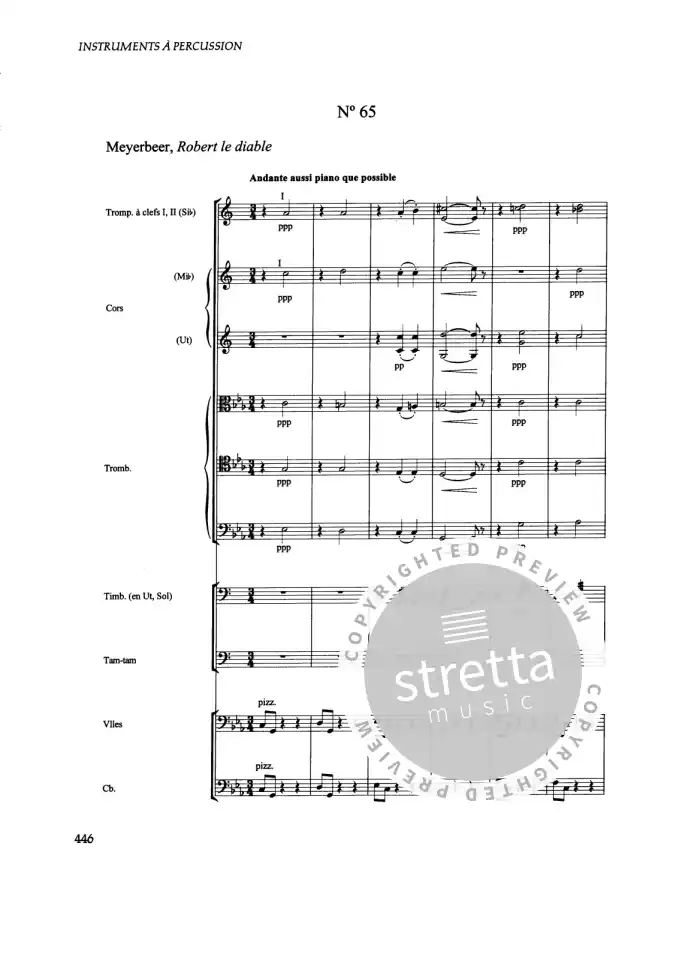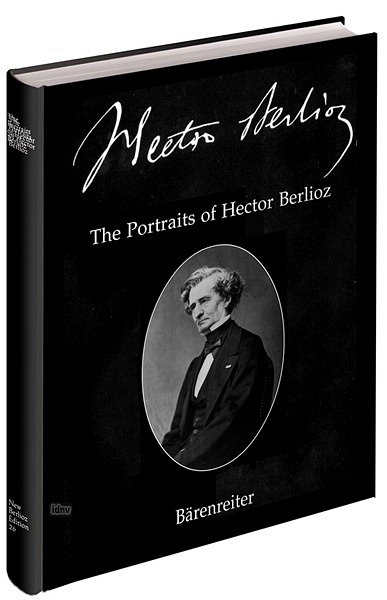Der „Grand traité d'instrumentation et d'orchestration modernes“ von Hector Berlioz wurde im Jahr 1844 erstmals veröffentlicht. Er ist ein Standardwerk über die Kunst der Instrumentation, in der Berlioz ein unangefochtener Meister war. Zeit seines Lebens galt sein Interesse den Orchesterinstrumenten und den Ausdrucksmöglichkeiten des Orchesters.
Im Traité wendet er sich mit seinen lehrreichen Hinweisen über den Umfang und die technischen Möglichkeiten jedes Instruments an Komponisten und zeigt anhand von Beispielen aus dem Werk von Gluck, Mozart, Beethoven und anderen (einschließlich seiner eigenen) in welcher Weise die Instrumente das Gefühl und den Ausdruck der Musik spiegeln sollten.
Der Traité ist eine wichtige Quelle für die wissenschaftliche Beschäftigung mit dem Orchester und seinen Instrumenten im 19. Jahrhundert. Peter Blooms Neuedition präsentiert einen von Grund auf revidierten Text, einschließlich einiger Varianten, die auf den beiden wichtigsten Auflagen des Buches sowie auf anderen gedruckten oder handschriftlichen Quellen basieren.
